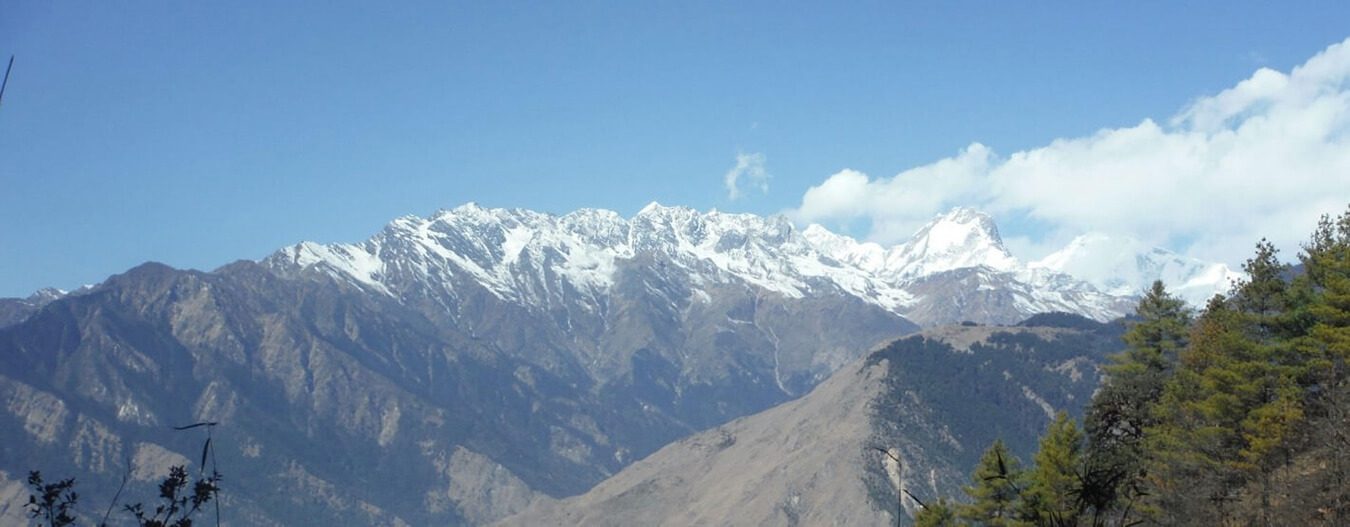
Langtang Valley Trek
Embark on a relatively easy trek in one of the world’s most beautiful valleys of Langtang and experience a difference
Customize Your TripsLangtang Valley Trek is a popular trekking package in Nepal yet it is often far less-busier than other mainstream trekking destinations in Nepal such as the Everest and the Annapurna regions. One famous mountaineer from England, Bill Tilman described Langtang Valley as one of the world’s most beautiful valleys. This moderately easy trekking in Nepal is endowed with transcendent mountain vistas and extraordinary landscapes. The area in the Langtang region is sparsely inhabited and the trail less trampled thereby hiking in this region is a solitary and unruffled experience amid the beautiful nature and conventional ethnic settlements. The Langtang Valley, also known as the valley of glaciers, is one of the precious gems of Nepal which is studded with bountiful picturesque landscapes, moderate climate, easy hiking trails and traditional lifestyles of the indigenous mountain people.
Langtang Valley Trek itinerary has been skillfully designed as an adventurous trip for nature lovers and trekking enthusiasts through lush green valleys and amazing jungle trails. This wonderful trip commences with a sensational sightseeing exploration to some of the famous cultural and historical landmarks solicited by UNESCO as world heritage sites in Kathmandu. It is an adventurous scenic drive on mountainous roads meandering through the beautiful valleys and meadows along the bank of Trishuli River up to Syabrubesi, the starting point of Langtang Valley Trekking. Kyangjin Gompa, an old monastery in the region, and Tserko Ri, the highest elevation on this trip are the momentous highlights of this Nepal trekking package. The mountain peaks that show up during this marvelous hiking in Nepal are Langtang Lirung, Ganchhenpo, Annapurna, Manaslu, Ganesh Himal, Yala peak, Kyangjin Ri and many others. Some other attractions of this particular trekking in Nepal are the assorted wildlife, the local yak cheese factory, the friendly Tamang and Sherpa communities, and attractive villages like Ghoda Tabela, Mundu, Lama Hotel, and Kyangjin.
Langtang Valley Trek can be undertaken throughout the year although the best season for trekking in Nepal would be during the spring or autumn seasons. Since it is a short and easy trekking package in Nepal, it can be done by all age groups of people who are in sound health, physically fit and mentally prepared. However, a prior hiking experience or regular light exercise would be a plus point while participating in this trek. Pick your bags and hit the trails towards the valley of the glaciers to collect wonderful memories of trekking in Nepal. Royal Holidays waits for weaving another lifelong memory on your trekking holiday in Nepal.
Join Our Small Group Departures
View Available Dates


